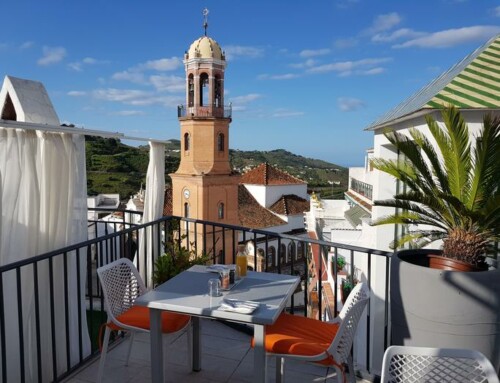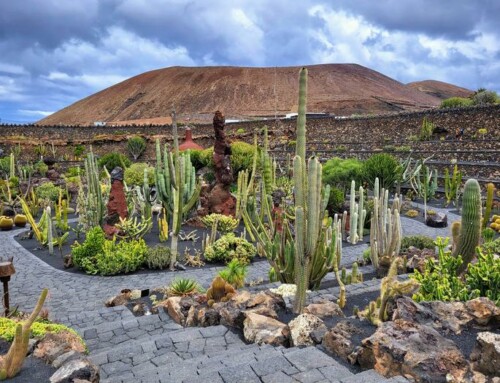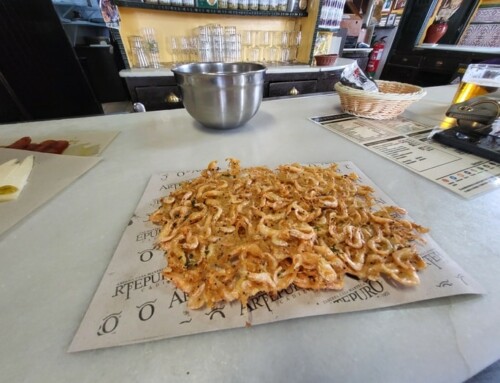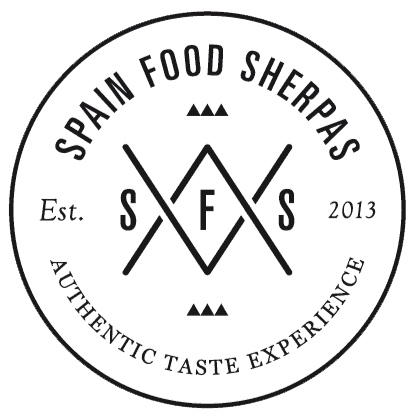In Andalusia, chicharrón is the name given to a typical cold cut that is made with various pork byproducts, mixed with the fatty parts of the pig, all of which is ground, seasoned with or without paprika, salt and black pepper grains, other spices, and pressed.
They are very different from the chicharrones from other areas and countries, which are generally fried or boiled.
Talking about them is to hark back to the artisanal pig slaughter in winter, full of smells, noises, and popular flavors of such a deeply rooted tradition.
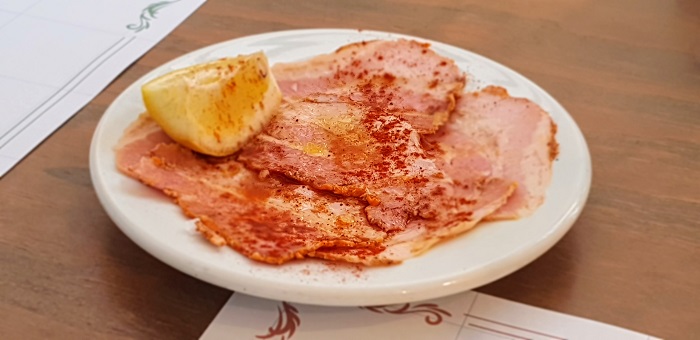
History
Most likely their origin comes from the settlers who in the thirteenth, fourteenth, and much of the fifteenth century brought to the Castilian kings of the north, mainly Galicians and Asturians, ‘pig eaters’, to repopulate these depopulated frontier territories, which lasted two centuries, with the Nasrid Muslim kingdoms.
This popular food was later brought to the Canary Islands and America by Andalusian immigrants, and that is why today chihcharrones have so many versions and variations all over the world (especially in the province of Cádiz).
What they are like
There are also variations of chicharrones in other parts of Spain and in Latin America, each with its own unique recipe and preparation method.
In some regions of Latin America, chicharrones are made by frying pork rinds until they become crispy and crunchy. These are often served as a snack or topping for dishes like soups and stews.
In other regions, chicharrones are made by boiling pork belly or pork shoulder until it is tender and then frying it until it becomes crispy. These are often served as a main dish, sometimes accompanied by a side of rice and beans.
No matter the variation, chicharrones are a popular and beloved food in many parts of the world. They are often associated with comfort food and the rich flavors and aromas of traditional cooking.
Chicharrones from Cádiz
They are obtained from the pig’s panceta (bacon) by melting it and extracting the excess fat which is used then to make the mantecas: manteca blanca (white, just the fat), with chunks of meat or manteca colorá (mixed with spices such as paprika, which gives it its orange color -hence the name; ‘colored lard’)
These mantecas were traditionally used in the mid-morning breakfasts and they have remained as a very popular breakfast with “molletes from Antequera” bread
They are usually eaten as they come, already cooked, or cooked as cold cuts, sliced as an appetizer or in a sandwich with a splash of lemon.
Best places to taste them in Cádiz
If we talk about chicharrones from Cádiz, we have to mention El Manteca. Located in the heart of La Viña neighborhood, this legendary tavern serves Cádiz-style chicharrones on “papel de estraza,” sort of brown paper, just like the old grocery stores. It is one of the establishments that has made this tapa popular.
Lastly, we recommend the special chicharrones from La Bodeguita de Plocia, on the street with the same name. This establishment specializes in products they make themselves, such as chicharrones that they prepare daily, or lomo en manteca.
Local tip: These chicharrones taste great with lemon. Adding a few drops of freshly squeezed lemon juice on top will tantalize your taste buds
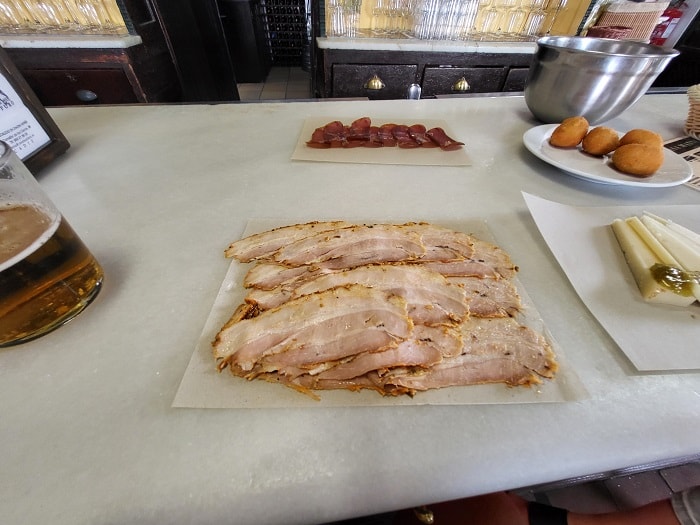
Don’t forget to share this post!
Related Articles
↓
Sign up for our Newsletter and get the inside scoop on our favorite recipes,
exploring and devouring Spain and more.
